Home>Gardening & Outdoor>Plant Care & Gardening Tips>When To Divide Mums
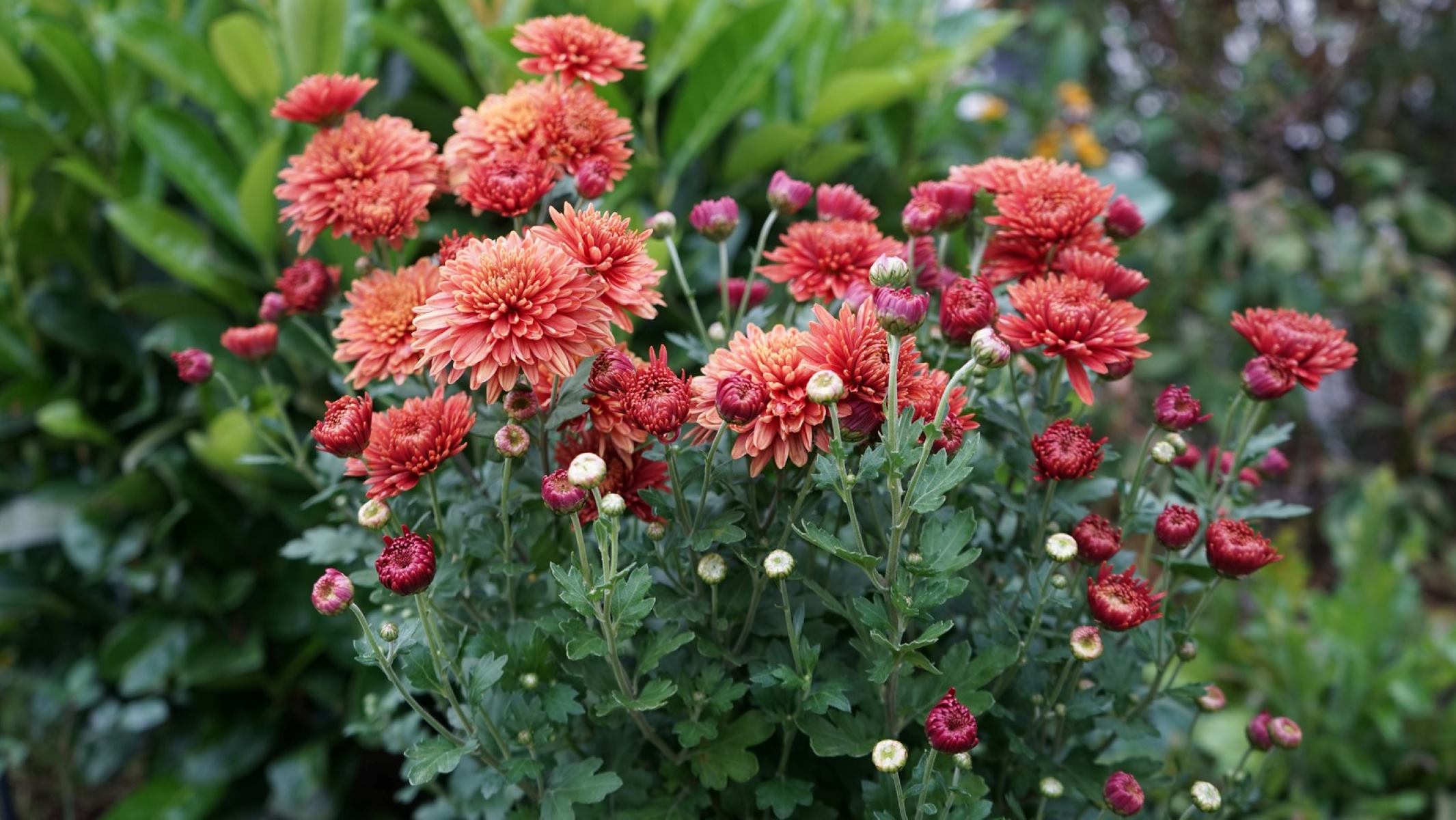

Plant Care & Gardening Tips
When To Divide Mums
Published: February 16, 2024
Learn when and how to divide mums for healthier plants and more blooms. Get expert plant care and gardening tips to keep your mums thriving. Discover the best time to divide and propagate your mums.
(Many of the links in this article redirect to a specific reviewed product. Your purchase of these products through affiliate links helps to generate commission for Storables.com, at no extra cost. Learn more)
Introduction
Dividing mums, also known as chrysanthemums, is a crucial aspect of their care that directly impacts their health and vitality. Mums are renowned for their stunning blooms and vibrant colors, making them a beloved addition to gardens and outdoor spaces. However, to ensure that these beautiful flowers continue to thrive, it's essential to understand when and how to divide them.
Dividing mums involves separating the plant into smaller sections, each with its own root system. This process not only helps manage the size of the plant but also promotes healthier growth and increased flower production. By dividing mums, gardeners can rejuvenate the plants, prevent overcrowding, and propagate new mums for additional garden areas or to share with fellow gardening enthusiasts.
Understanding the signs that mums need dividing, the best time to carry out this process, and the proper techniques for division and aftercare is crucial for maintaining the health and beauty of these beloved flowers. In the following sections, we will delve into these aspects, providing valuable insights and practical tips for successfully dividing mums and ensuring their continued vibrancy in your garden.
Key Takeaways:
- Revitalize your mums by dividing them when they show signs of overcrowded growth, reduced flowering, dead centers, root bound, or weakened foliage. Choose early spring or late summer for division to ensure robust growth and abundant blooms.
- To successfully divide mums, prepare the plants and new planting locations, carefully dig up the mums, divide the root ball, replant the divisions, provide aftercare with watering, fertilization, mulching, pruning, and monitoring. This will ensure the mums’ recovery and vibrant growth.
Read more: When Will Mums Be For Sale
Signs that Mums Need Dividing
-
Overcrowded Growth: When mums become overcrowded, their growth is visibly affected. This can lead to stunted growth, reduced flower production, and an overall decline in the plant's health. Overcrowding is a clear indication that the mums need to be divided to allow for better air circulation and nutrient absorption.
-
Reduced Flowering: If you notice a significant decrease in the number of blooms or the size of the flowers, it could be a sign that the mums are in need of division. Over time, the plant's energy becomes spread thin as it competes for resources with its own crowded roots. Dividing the mums can revitalize their energy and encourage robust flowering.
-
Dead or Dying Centers: As mums age, the centers of the plant can become woody, dead, or less productive. This is a natural part of the plant's lifecycle, but it also indicates that the mums would benefit from division. By removing the old, unproductive centers and dividing the plant, new growth can emerge, rejuvenating the overall health of the mums.
-
Root Bound: When the roots of the mums become tightly packed and form a dense, solid mass at the bottom of the plant, it is a clear sign that the mums are root bound. This restricts the plant's ability to absorb water and nutrients, leading to poor growth and diminished vitality. Dividing the mums alleviates the root-bound condition and promotes healthier root development.
-
Weakened Foliage: If the foliage of the mums appears weak, discolored, or sparse, it may indicate that the plant is struggling due to overcrowding or depleted resources. Dividing the mums can help restore the vigor of the foliage, leading to lush, healthy leaves and overall improved plant appearance.
Recognizing these signs is crucial for maintaining the health and vibrancy of mums. By addressing these indicators in a timely manner, gardeners can ensure that their mums continue to thrive and adorn their outdoor spaces with an abundance of colorful blooms.
Best Time to Divide Mums
The best time to divide mums is during the early spring or late summer. These periods align with the plant's natural growth cycles and provide optimal conditions for successful division. In early spring, dividing mums allows the newly separated sections to establish themselves before the onset of harsh summer conditions. This timing enables the plants to develop strong root systems and adapt to their new environment, setting the stage for robust growth and abundant flowering during the summer and fall.
Late summer is another favorable period for dividing mums. This timeframe allows the divided sections to take root and establish themselves before the arrival of winter. By dividing mums in late summer, gardeners provide the plants with ample time to acclimate to their new surroundings and fortify themselves for the colder months ahead. This approach sets the stage for healthy overwintering and ensures that the mums emerge vigorously in the following spring.
It's important to avoid dividing mums during their flowering period, as this can disrupt the plant's energy allocation and potentially diminish the current season's blooms. By choosing the appropriate timing for division, gardeners can minimize stress on the mums and maximize their potential for robust growth and prolific flowering.
Additionally, dividing mums during mild weather conditions, such as overcast days or cooler temperatures, can help reduce transplant shock and enhance the plants' ability to establish themselves in their new locations. Providing adequate moisture and avoiding extreme heat or direct sunlight during the division process can further support the mums' successful transition to their divided state.
By carefully considering the timing and environmental factors, gardeners can optimize the success of dividing mums, setting the stage for healthy, vibrant plants that continue to grace the garden with their stunning blooms season after season.
How to Divide Mums
Dividing mums is a straightforward process that, when done correctly, can rejuvenate the plants and promote vigorous growth. Follow these steps to successfully divide your mums and ensure their continued health and vitality:
Step 1: Preparation
Before beginning the division process, thoroughly water the mums a day or two in advance. Moist soil makes it easier to lift the plants and reduces the risk of root damage during the division. Additionally, prepare the new planting locations for the divided mums by ensuring that the soil is well-draining and enriched with organic matter.
Read more: When To Plant Mums In Ohio
Step 2: Digging Up the Mums
Using a sharp spade or garden fork, carefully dig around the perimeter of the mum plant, creating a circle that extends beyond the outermost stems. Dig to a depth of about 6 to 8 inches to ensure that the majority of the root system is included. Gently lift the entire plant from the ground, taking care to preserve the root structure and minimize disturbance.
Step 3: Dividing the Root Ball
Once the mum plant is lifted, carefully shake off excess soil to expose the root system. Using a sharp, clean garden knife or a pair of garden shears, divide the root ball into sections. Each section should consist of a portion of the root system and several healthy stems with foliage. Aim to create divisions that are approximately 6 to 8 inches in diameter, ensuring that each section has ample roots to support its growth.
Step 4: Replanting the Divisions
After dividing the mums, promptly replant the sections in their prepared locations. Dig individual planting holes that accommodate the root systems of the divisions, ensuring that the plants are positioned at the same depth as they were previously growing. Gently backfill the holes with soil, firming it around the base of the plants to provide stability.
Step 5: Watering and Mulching
Once the divisions are in place, thoroughly water the newly planted mums to settle the soil and provide essential moisture to support their establishment. Apply a layer of organic mulch around the base of each plant to conserve moisture, suppress weed growth, and insulate the roots. Mulching also contributes to the overall health of the mums by providing a favorable environment for root development.
Read more: When To Cut Back Mums
Step 6: Care and Monitoring
In the weeks following the division, monitor the mums closely and provide consistent moisture to support their recovery and establishment. Avoid overwatering, as excessively wet conditions can impede root development. As the divided mums acclimate to their new locations, continue to provide regular care, including fertilization and pest management as needed.
By following these steps and providing attentive care, gardeners can successfully divide mums, rejuvenating the plants and ensuring their continued vibrancy in the garden. With proper division and aftercare, mums can thrive, delighting garden enthusiasts with their abundant blooms and lush foliage.
Aftercare for Divided Mums
After dividing mums, providing appropriate aftercare is essential to support the plants' recovery and ensure their successful establishment in their new locations. By implementing thoughtful aftercare practices, gardeners can promote robust growth, prolific flowering, and the long-term health of the divided mums.
Watering
Consistent and adequate moisture is crucial for the aftercare of divided mums. Water the newly planted divisions regularly, especially during dry periods, to support root development and overall plant health. However, it's important to avoid overwatering, as excessively wet conditions can lead to root rot and other issues. By maintaining a balanced approach to watering, gardeners can create an optimal environment for the mums to thrive.
Fertilization
Applying a balanced, water-soluble fertilizer can provide the divided mums with essential nutrients to support their recovery and growth. Choose a fertilizer specifically formulated for flowering plants and follow the manufacturer's instructions for application. By providing the mums with the necessary nutrients, gardeners can encourage strong, healthy growth and vibrant blooms.
Read more: When To Put Mums Out
Mulching
Maintaining a layer of organic mulch around the base of the divided mums offers numerous benefits. Mulch helps conserve soil moisture, suppresses weed growth, and regulates soil temperature, creating a favorable environment for the plants' root systems. Additionally, as the mulch breaks down, it contributes valuable organic matter to the soil, further enriching the growing conditions for the mums.
Pruning
After dividing mums, it's beneficial to trim back the foliage to reduce stress on the plants and promote new growth. Pruning encourages the mums to allocate their energy towards establishing strong root systems and developing healthy new shoots. Remove any dead or damaged foliage and consider pinching back the stems to encourage bushier growth and increased flower production.
Monitoring and Maintenance
Regular monitoring of the divided mums is essential during the aftercare period. Keep an eye out for signs of stress, such as wilting or discoloration, and address any issues promptly. Additionally, remove any weeds that may emerge around the plants, as competition for resources can hinder the mums' growth. By providing attentive maintenance and addressing any concerns as they arise, gardeners can ensure the continued health and vitality of the divided mums.
By implementing these aftercare practices, gardeners can support the successful establishment of divided mums, setting the stage for robust growth, abundant flowering, and the enduring beauty of these beloved garden favorites.
Frequently Asked Questions about When To Divide Mums
Was this page helpful?
At Storables.com, we guarantee accurate and reliable information. Our content, validated by Expert Board Contributors, is crafted following stringent Editorial Policies. We're committed to providing you with well-researched, expert-backed insights for all your informational needs.
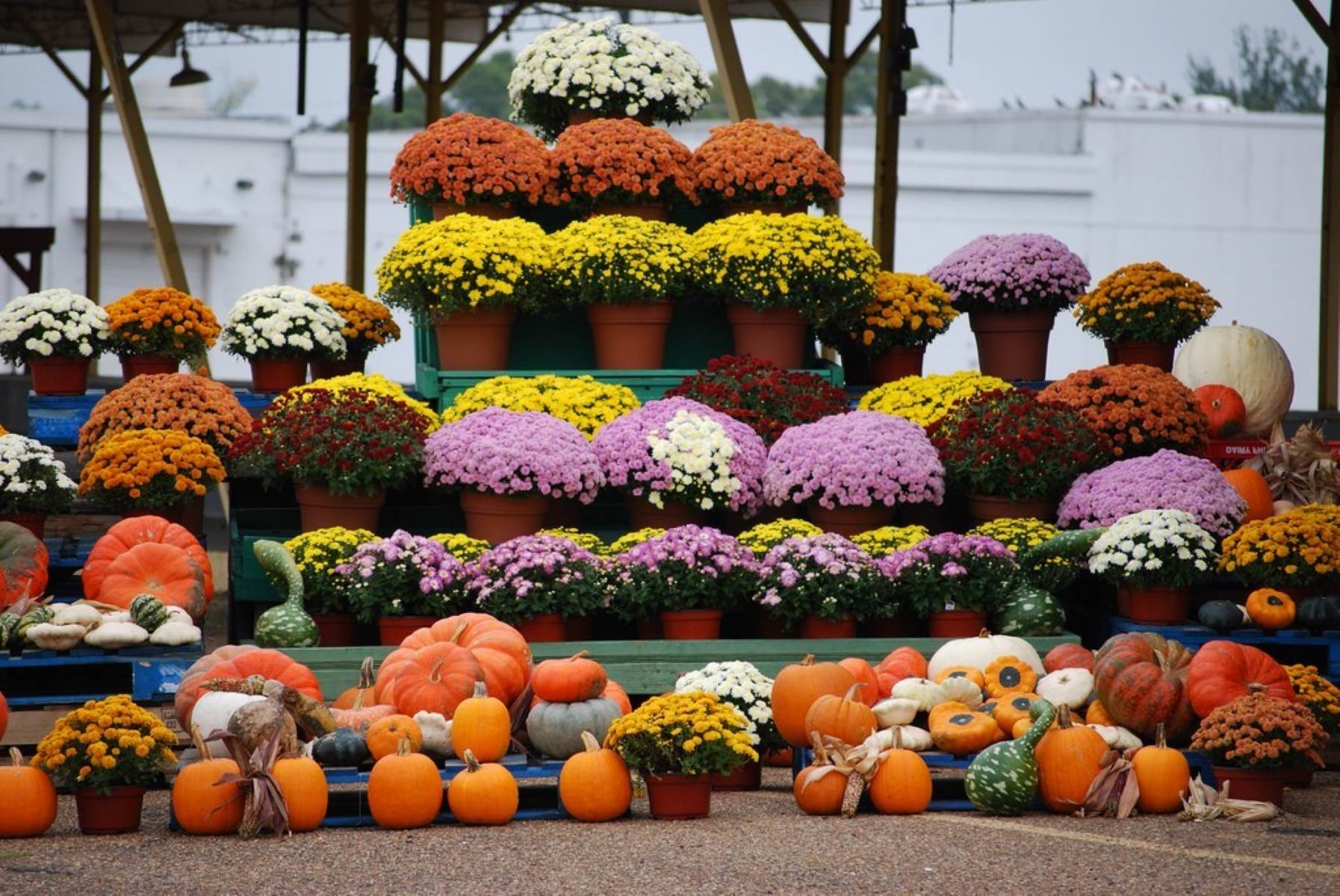
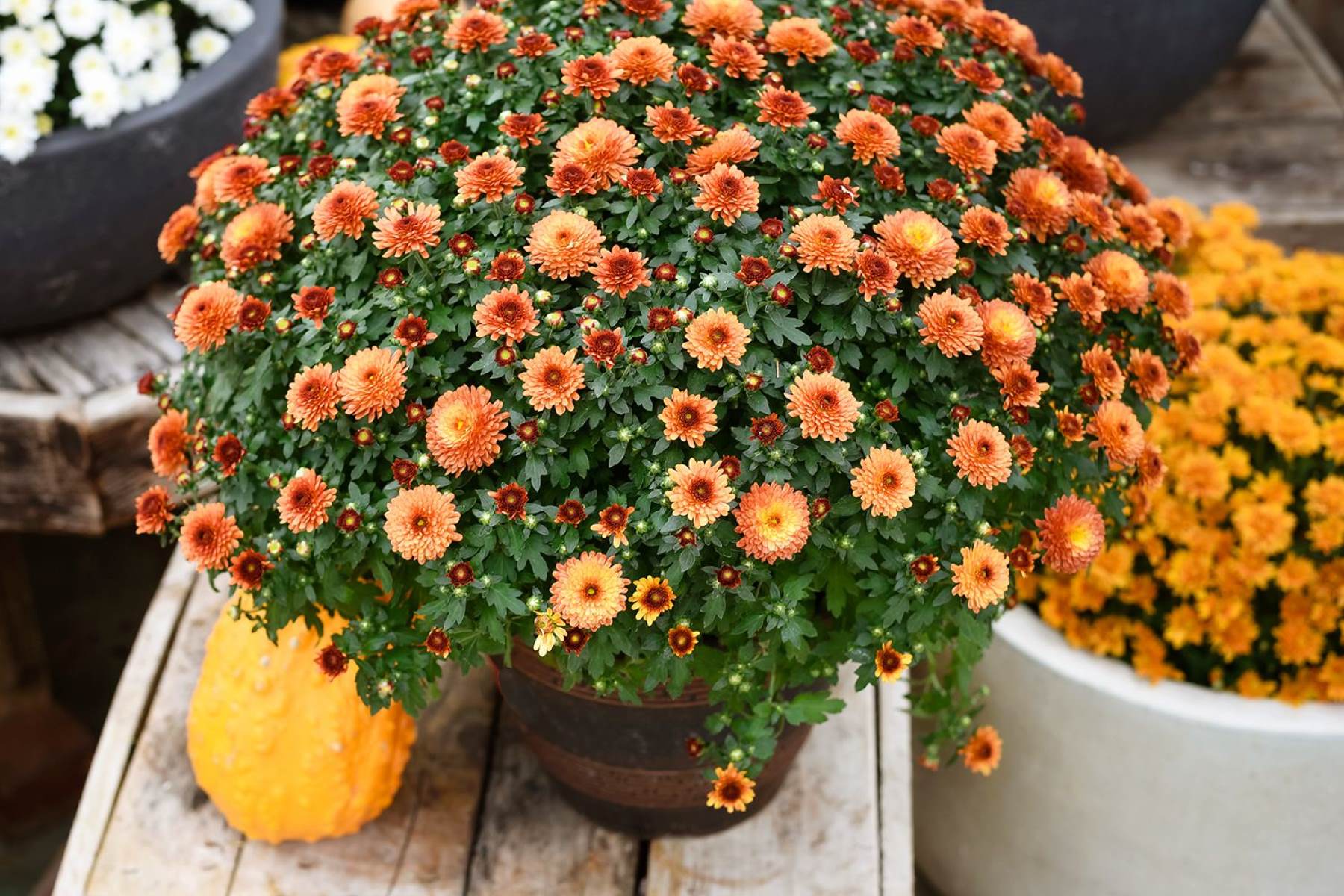
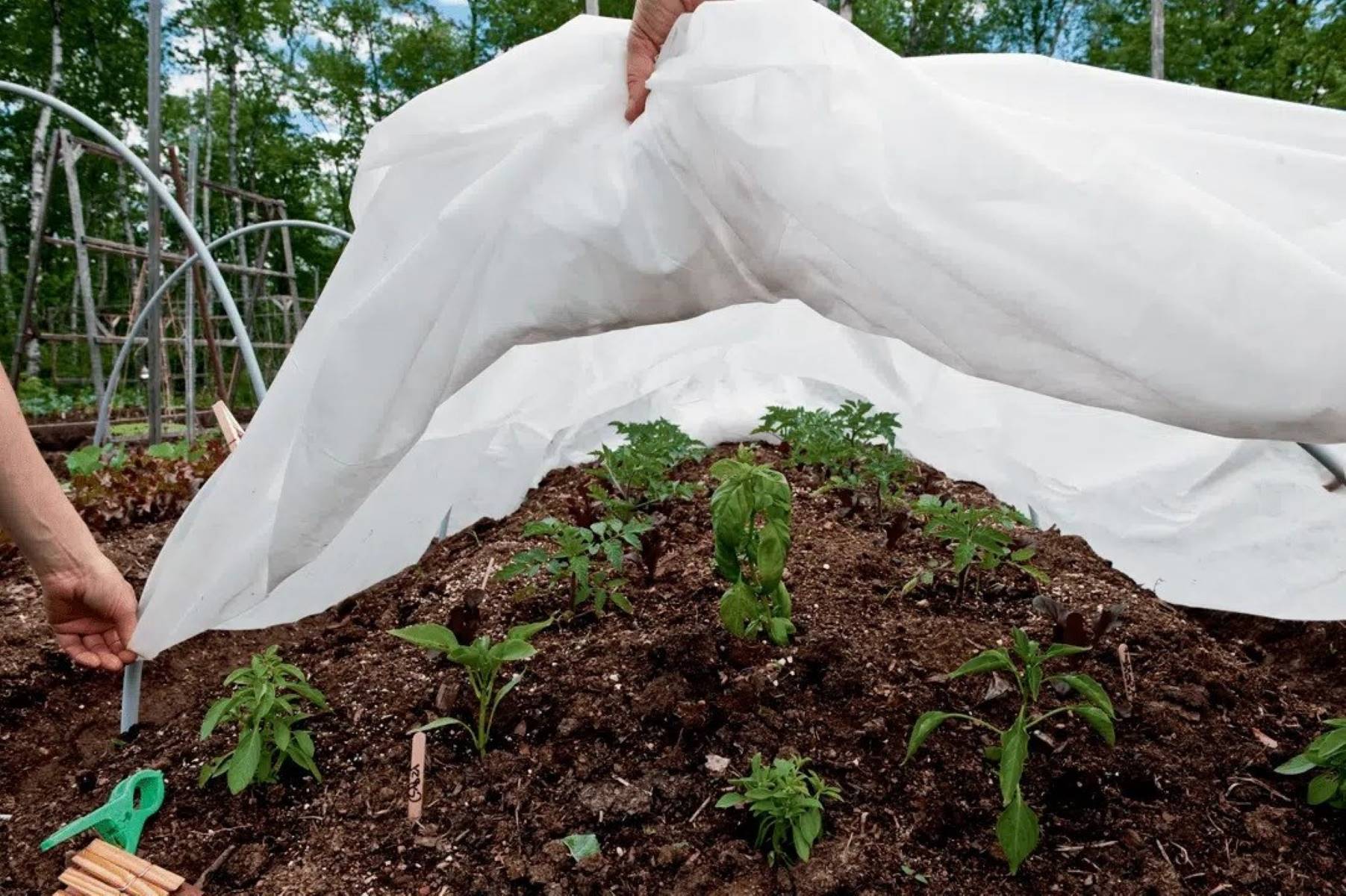
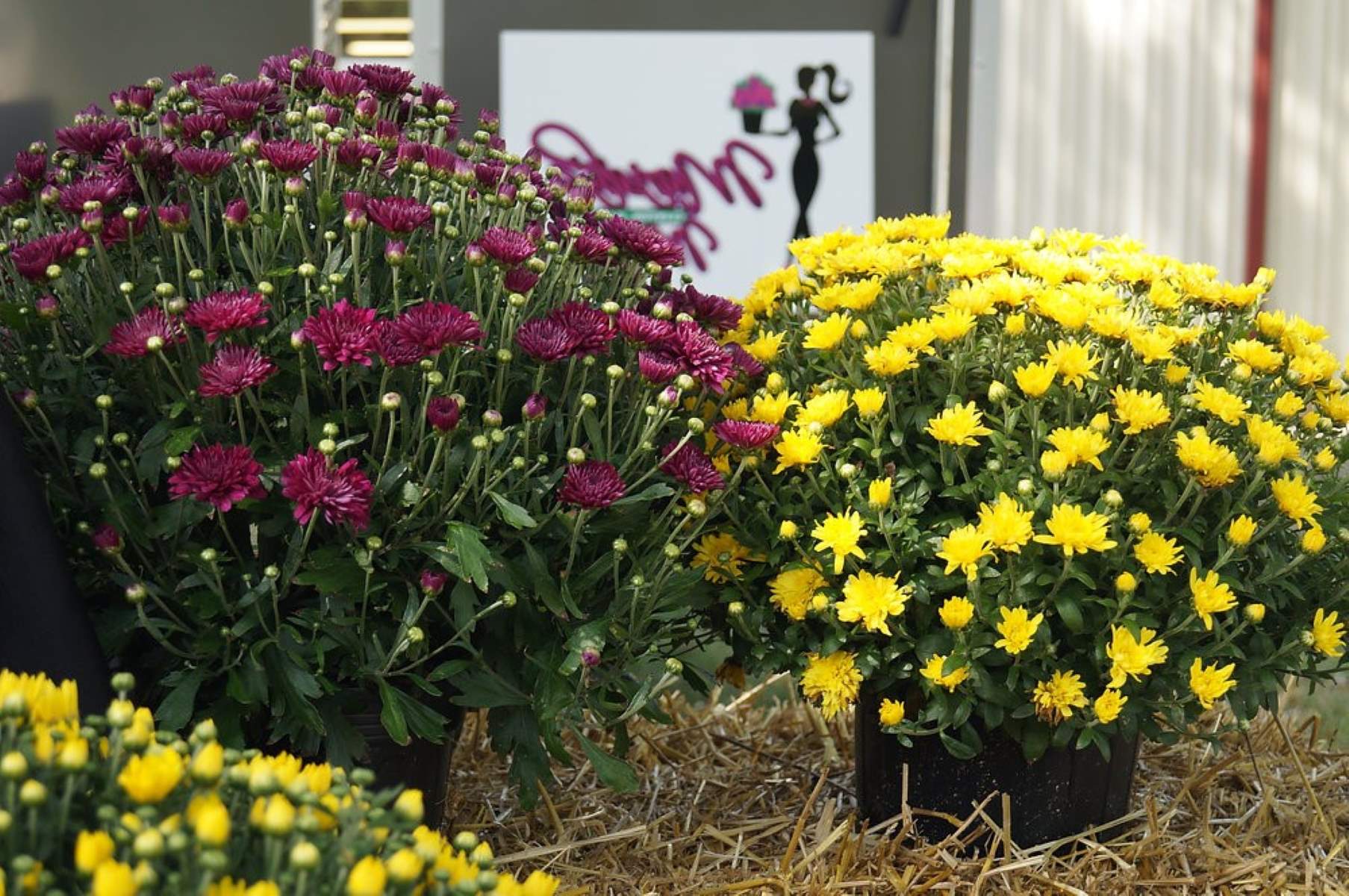
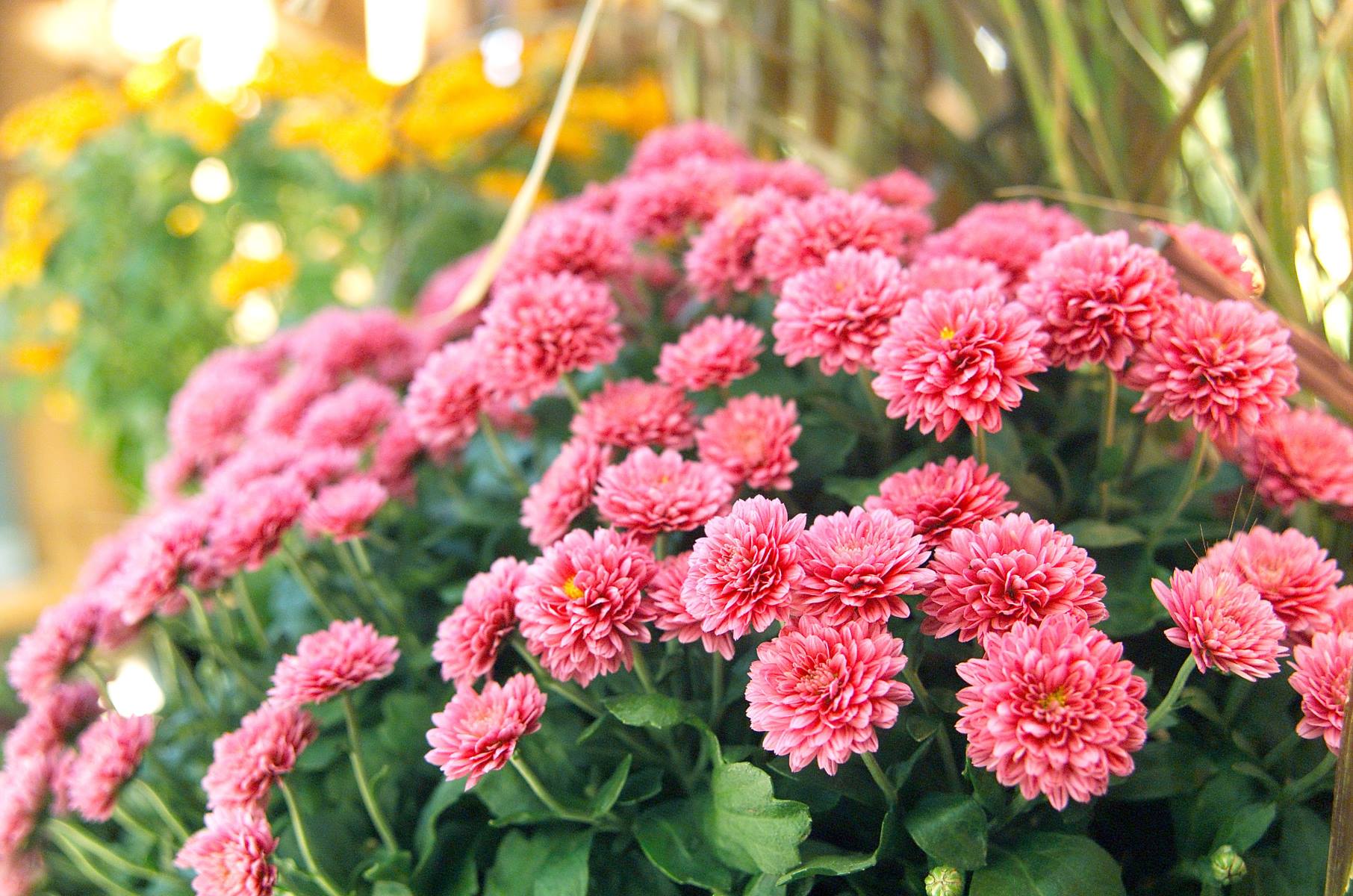
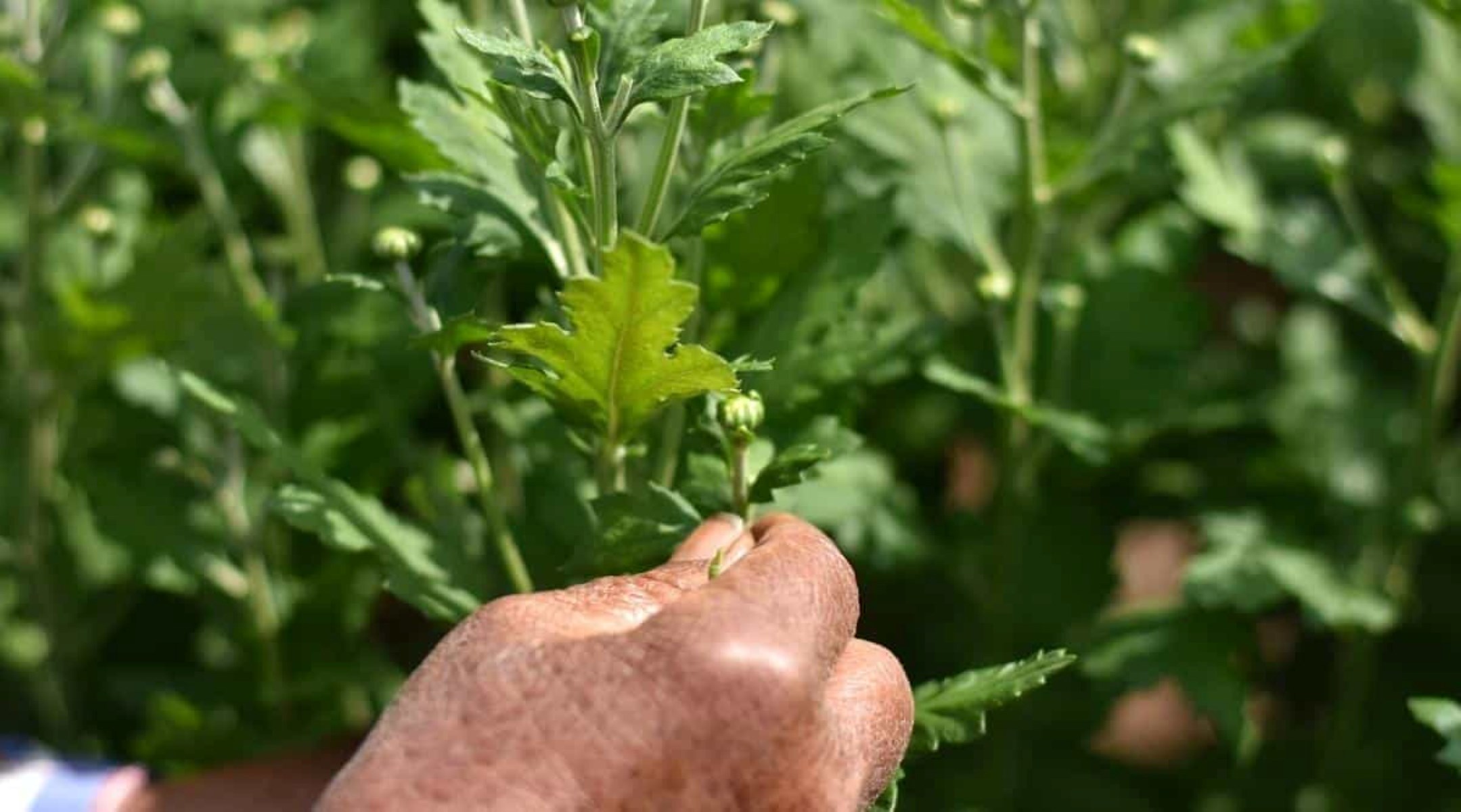
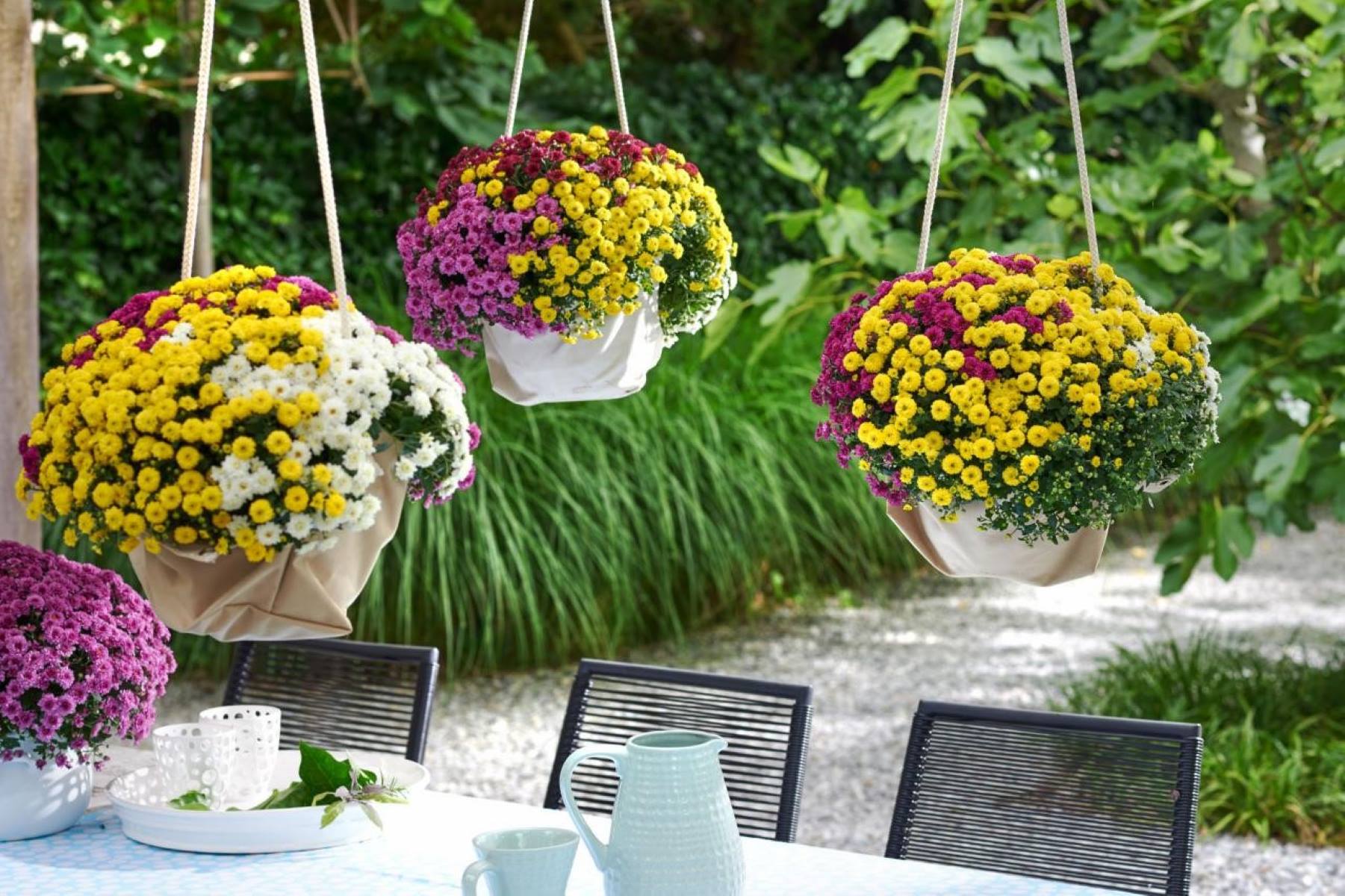
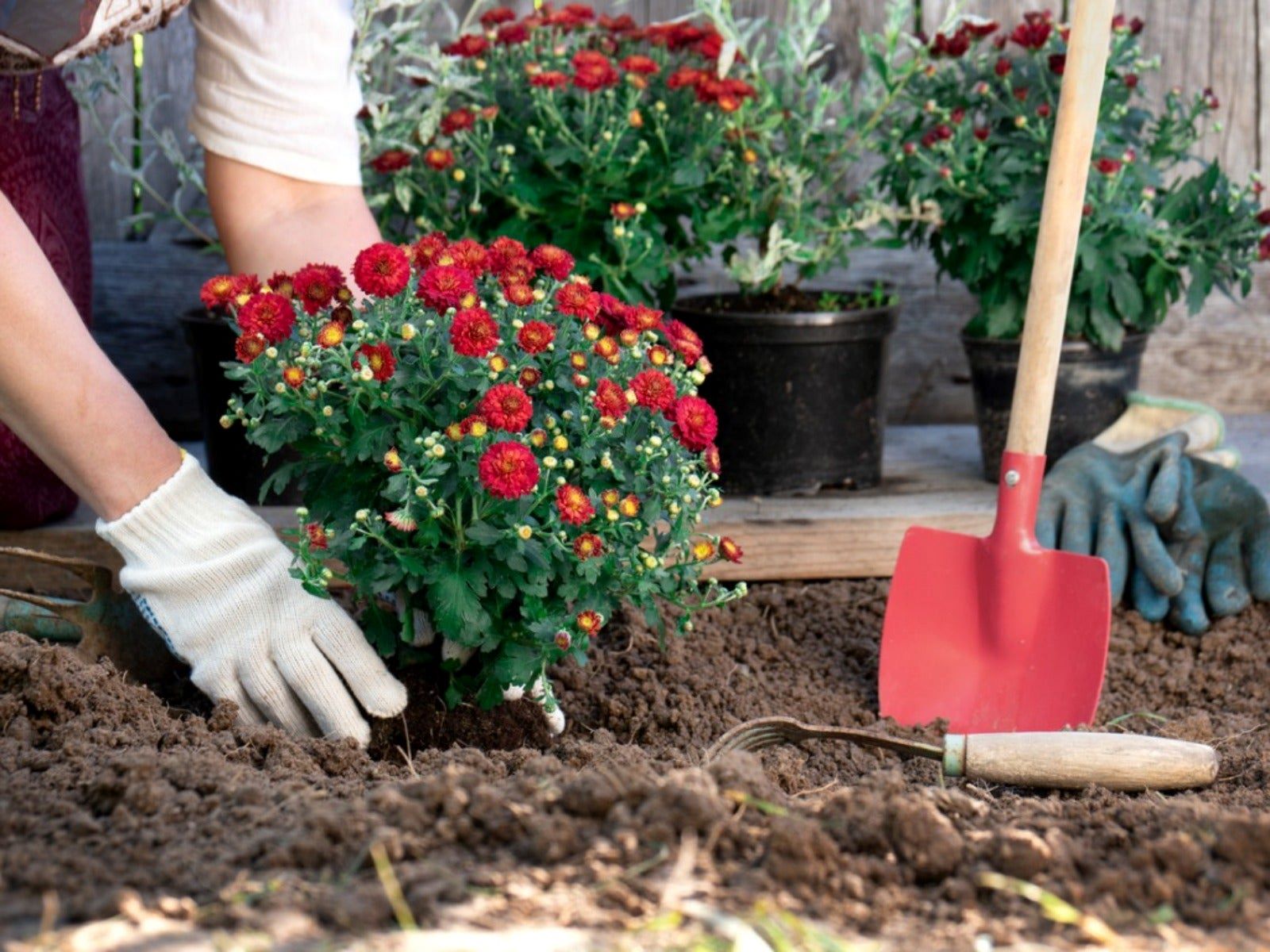

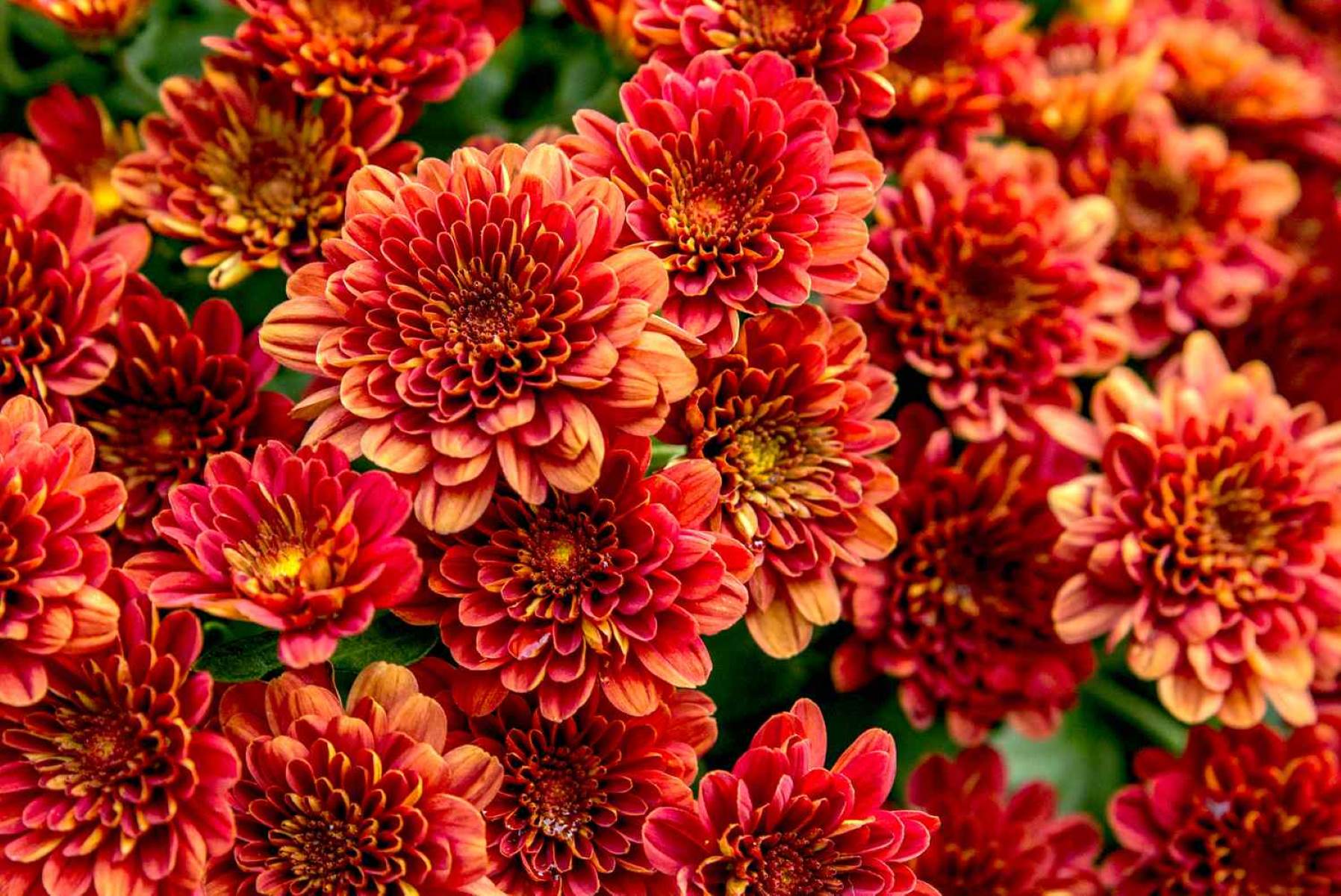
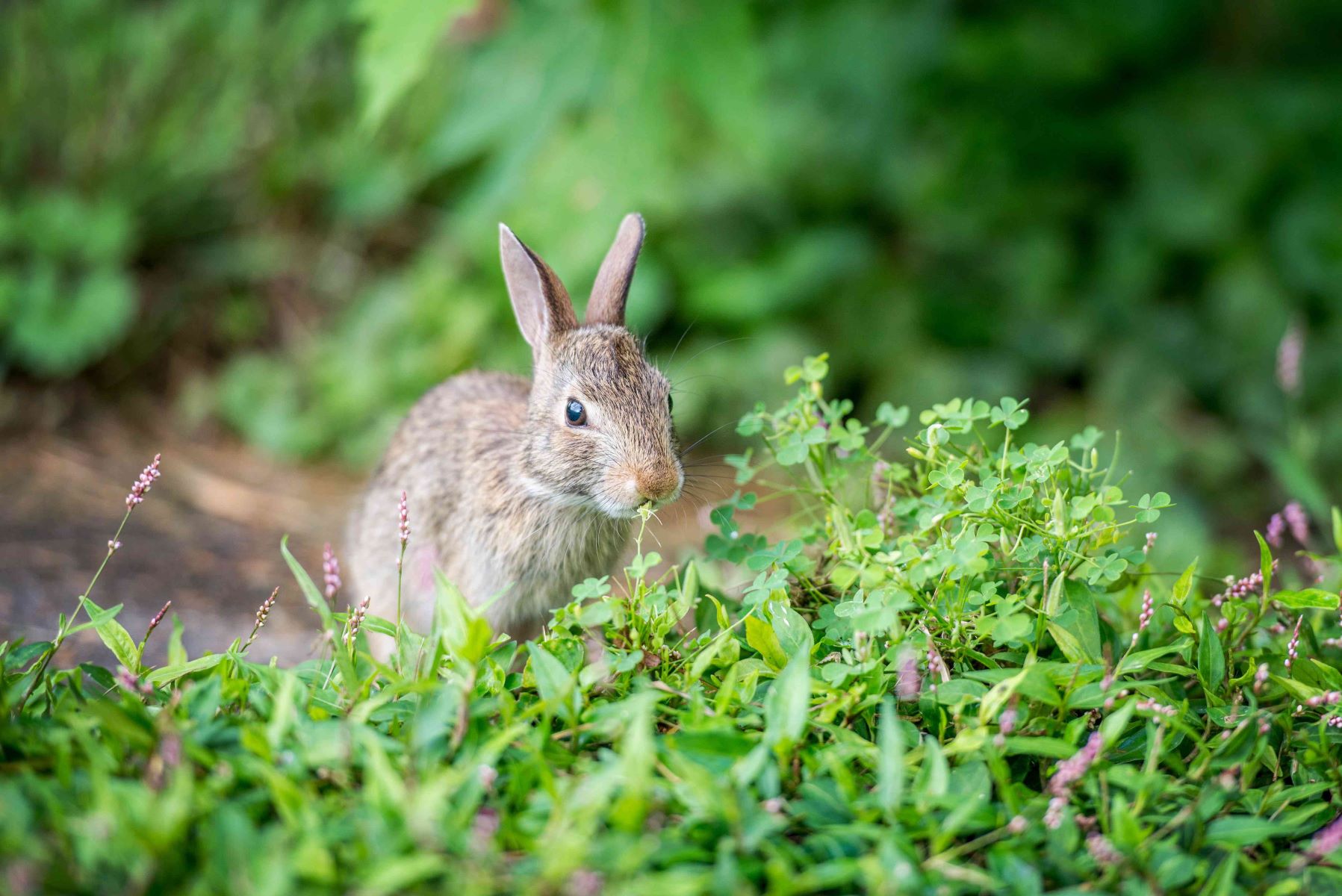
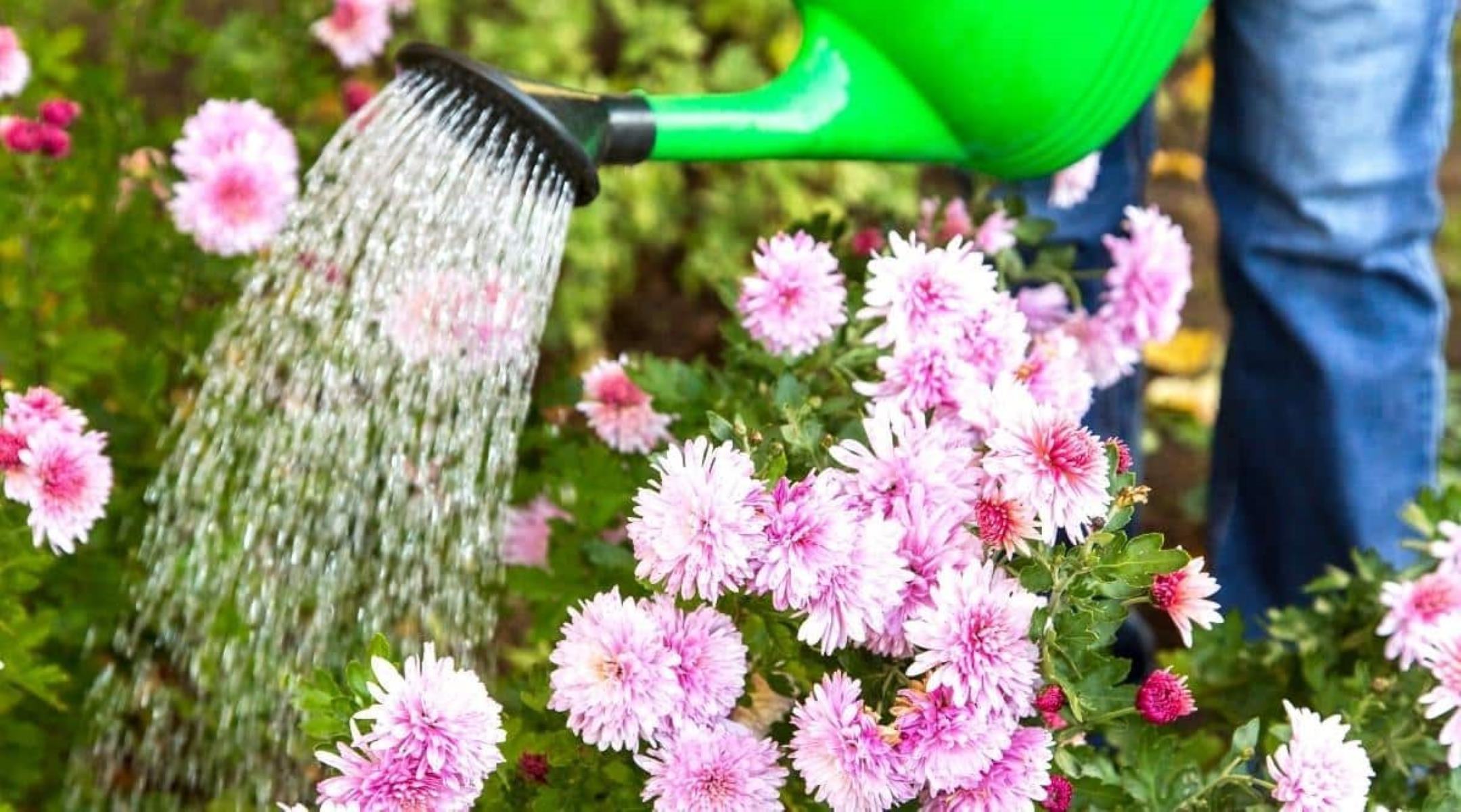

0 thoughts on “When To Divide Mums”